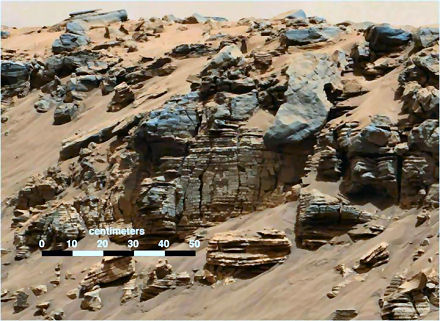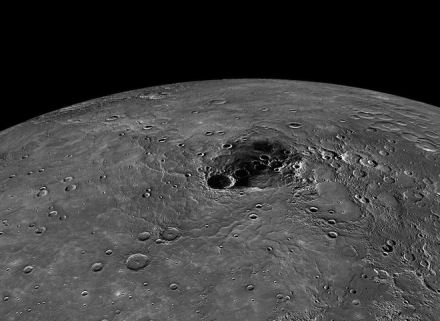
According to researchers at Rutgers University, a geological structure, dubbed “Razorback“, filmed by the Mars rover Opportunity, is unlikely to be evidence of fluid flow as previously suspected by NASA researchers. These recent findings, published in thePhysical Review of Letters, regarding the possibility of water on Mars may show the folly in making assumptions about the red planet based on the geological processes of Earth.
Opportunity landed on Mars in July 2004, and soon after began beaming back some amazing images. One of the more significant pictures was of a crater called Endurance (located at Meridiani Planum) and a row of sharp, freestanding teeth-like features found within it. Although only half-an-inch in size, these pointy “blueberry” colored structures were considered by NASA experts to be a very important indicator of Mars’ geological history.
But much of this speculation was based on similar processes on Earth, and this seems to be where the theory comes unstuck. A Rutgers University research team recently found that they could duplicate the “razorback” structures. Experimenting with very fine-grained powders, the team poured a stream of sand onto a sheet of acrylic and exposed them to conditions of low relative humidity. The team observed that this process caused “electrostatic interactions between particles”, causing many to spring into the air with a resounding snap, crackle and pop, while others clung together forming razorback-like structures. “We present experimental data demonstrating that charging of grains can cause spontaneous self-assembly that may generate lasting geological patterns under arid conditions,” say the authors.
The team suggests that their findings show that grains moving up against one another – most likely as a result of Martian winds – leads to an electrical charging and the self-formation of razorbacks. The team considers that the previous explanation of fluids causing the structures is unlikely, as they would have been too fragile to endure the time period needed for them to form geologically.

















Comments are closed.